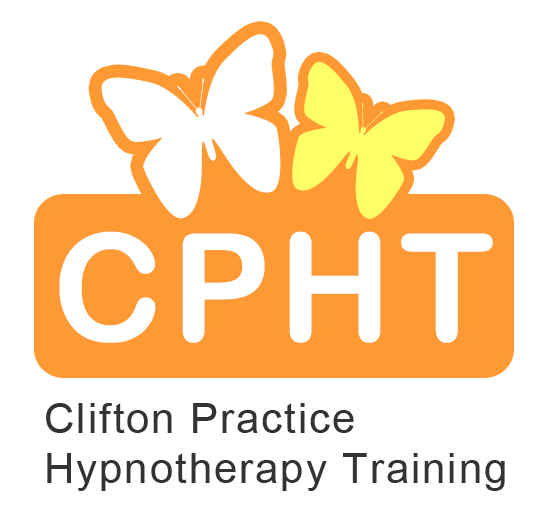The Amazing Mind - Continued
Last month we looked at gtum-mo meditation practitioners and their masterful control of the body’s physiological processes. Imagine being able to dampen your body’s response to heat and cold, regulate your blood pressure, maximise resistance to illness, control pain and reduce stress using the power of the mind? It is possible. Science has observed and recorded such mental feats.
In the same vein, experienced practitioners of mediation have attracted the attention of Dr. Richard Davidson. He was particularly interested in the physical effects (if any) of meditation on the brain. Richardson is a professor of psychology and psychiatry at the University of Wisconsin - Madison, researcher, a long-time meditation practitioner and the founder of the Centre for Healthy Minds. He has authored several books including the latest one, Altered Traits: Science Reveals How Meditation Changes Your Mind, Brain and Body (2017).
Davidson is a proponent of neuroplasticity, the idea that the brain/mind can be purposefully trained. Speaking about Davidson’s work, author Sharon Begley states in her book Transforming the Emotional Mind (2007), “…one can learn happiness and compassion as skills just as one learns to play a musical instrument, or train in golf or tennis”. Davidson and his researchers studied the brain functions of some of the most experienced Tibetan monks while they meditated. The monks showed extremely large increases of gamma waves which underlie higher mental activity. The levels of gamma waves were so high, that the likes had never been seen in neuroscience. Even the moderate meditators (novices) in the study’s control group showed an increase in gamma activity above the norm. Begley wrote in The Wall Street Journal (Nov 5/04) that Davidson’s research “opens up the tantalizing possibility that the brain, like the rest of the body, can be altered intentionally”.
There are five types of brainwaves and we normally run the gamut throughout the course of the day. Delta, being the slowest (accompanies deep sleep), then theta, alpha, beta and lastly gamma, the fastest brainwave. Gamma is associated with peak concentration and high levels of cognitive function. Neuroscientists believe that gamma waves link information from all parts of the brain to achieve the highest level of mental efficiency. It is also associated with improved memory recall, increased focus, happier mood, a calmer and more peaceful demeanour and better sleep. Davidson says this on the subject, “What we see are these high-amplitude gamma oscillations in the brain, which are indicative of neuroplasticity”. In other words, brains that access gamma waves were more capable of change and become more resilient. In a Brain Tap blog (April 17/18), this was said about Davidson’s findings, “The study team had stumbled onto the key to what makes meditation so special – a neural signature showing permanent transformation in the brain as a result of meditative states”.
So, what does this mean for us? While few of us will have the 10,000 plus hours of meditation that is required to achieve the level of performance achieved by the Tibetan monks, the possibility of increased mental control and intentional shaping of the brain is a promise accessible to all.
To be continued….
By Elaina Curran, HPD, DSFH, AdvDPLRT, Clinical Hypnotherapist and Past Life Regression Therapist
As published in BS35 Local Magazine - September Issue 2019





